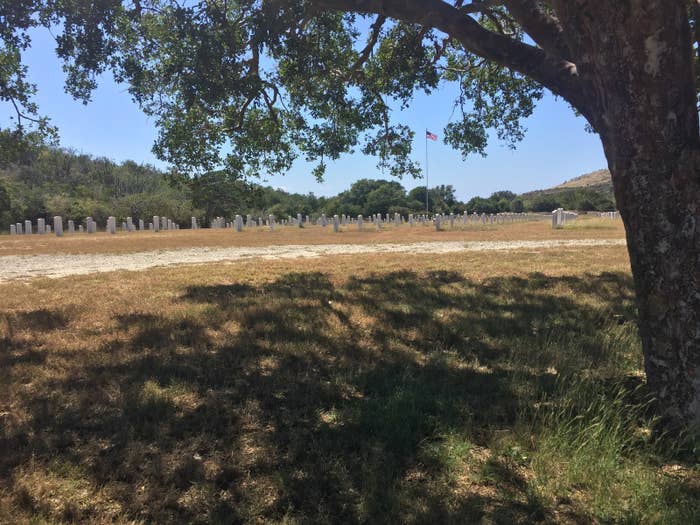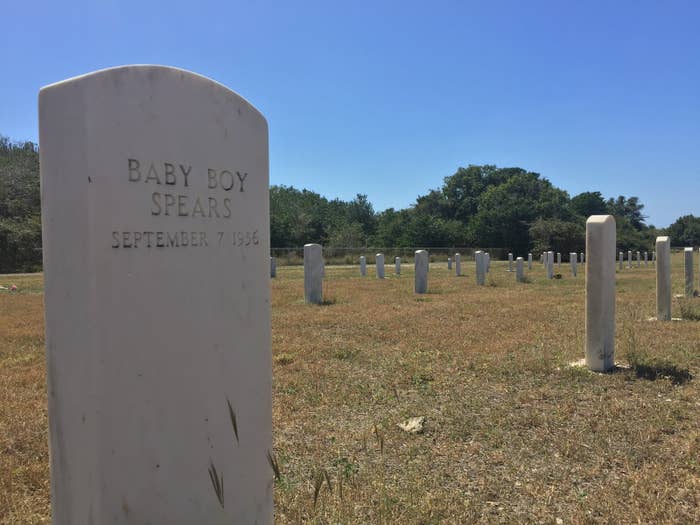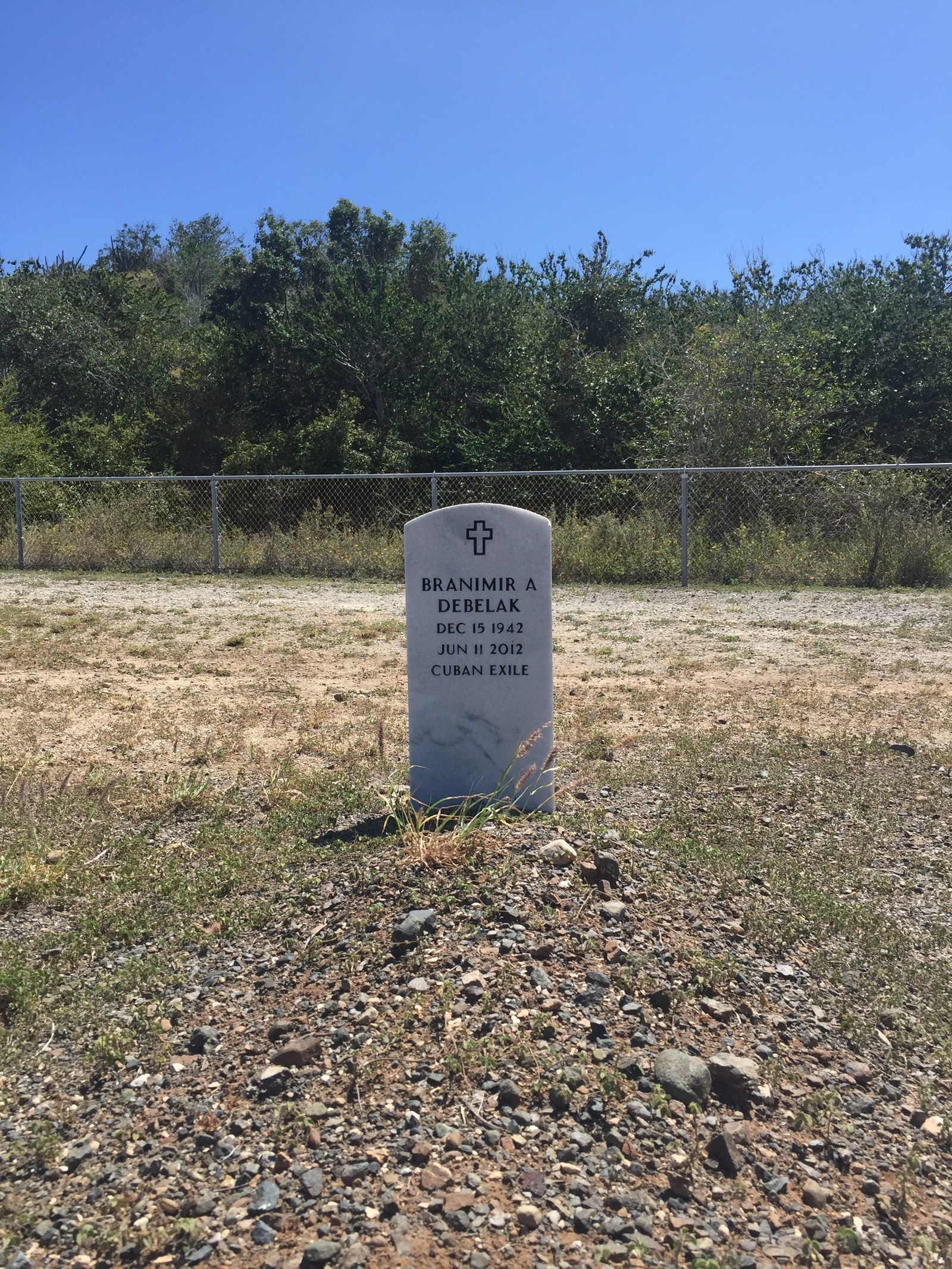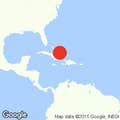
GUANTANAMO BAY NAVAL BASE, CUBA — There is a winding road that cuts behind Guantanamo Bay Naval Base's outdoor movie theater. Continuing past a white gate, it curves around munitions storage sheds until it reaches a small, gated gravesite. A blue and yellow sign indicates a naval cemetery.
This small plot of land is far removed from the base's bustling downtown area, and miles from its more well-known namesake, the Guantanamo Bay detention facility. Walking among its stoic tomb markers tells a different story of the quiet base on Cuba's southeast coast, where for the better part of a century, the base saw a whole host of international traffic before its gates were sealed amid Cold War tensions.
The ground is hard and dry here. Patches of determined grass attempt to poke through red and gray pebbles. Towering cacti loom just outside the fence, where two short, stone buttresses, both with chipped yellow crosses painted on white wood boards, frame the entrance to the modest lot on the southeast corner of the base.
Nearly 80 years old, Cuzco Cemetery is one of the hidden gems of Guantanamo Bay, the United States’ oldest overseas naval base. Walking its rows of white, marble tombstones, reminiscent of Washington’s Arlington National Cemetery, brings some of the century’s worth of colorful history at the installation to life.
There are more than 300 people buried here, from a sweeping variety of nationalities and occupations — merchant marines, the base's civilian workers and Cuban exiles all lie together in this quiet patch of dirt, just feet from the crystal clear waters and rocky cliffs of Cuba’s coastline. It's most recent burial was in August of last year, when Rupert Ivan Bambery, a Jamaican national who lived on the base for 65 years, passed away.
Eerily, Cuzco's residents include more than 80 infants and babies. The vast majority of the dates carved into their headstones are from the mid-1950s to the 1960s; some are missing birth or death dates altogether. Most lived just days before being interred. Of the few on base interested in the cemetery's history, the little ones are largely believed to have been victims of an epidemic — the Guantanamo Bay Naval Hospital on base, the cemetery's keeper, didn't respond to BuzzFeed News when asked just what killed them.

The graveyard sits at the foot of one of the base’s most historic sites — Cuzco Wells, the only source of freshwater during the Spanish-American war battle for the strategically vital Guantanamo Bay. American and Cuban forces took the wells in June of 1898, planting a flag in land that, nearly 120 years later, is still in American hands. Five years after first seizing Cuzco Wells, the U.S. would sign the Cuban-American treaty of relations, which ceded control of the 45-square mile territory to America for the small price tag of two-thousand gold coins a year in rent. Currently, that translates to an annual $4085 rent check — which the Castro regime has only cashed once in more than fifty years.
The Cuzco Cemetery was established in 1940; the commander at the time ordered Guantanamo's seven other cemeteries be consolidated into one. Many of the gravestones are missing information — several are listed as "unknown," or lack birth or death dates.

The small square of land — tucked in the restricted access weapons storage portion of the base — is only open to the public one day a year, for a handful of hours every Memorial Day. On the May holiday weekend, Boy Scouts line the graves with flags of their residents’ native countries. Any other visits require special requests to and an escort from naval personnel. Very rarely, relatives of the interred will request to visit their loved ones’ graves. One recently called and asked naval staff to place flowers next to a headstone.

There is an empty section at the far end of the plot, with a separate entrance. A peeling sign on the outside of the fence reads “Islamic Cemetery.” The natural rumor on the base, which houses the notorious Guantanamo Bay detention facility, is that the section was added in case any of the Muslim “war on terror” prisoners died while detained. But no one is interred in this tiny section, and the rumor is largely perceived as just that. (The naval hospital couldn't say when the section was added when BuzzFeed News asked.)
The graves are a more peaceful, little known element of the Guantanamo installation. Miles from the prison, on a winding road behind its downtown, the base's beginnings are memorialized in the hills, and its residents' endings in a quiet field.

